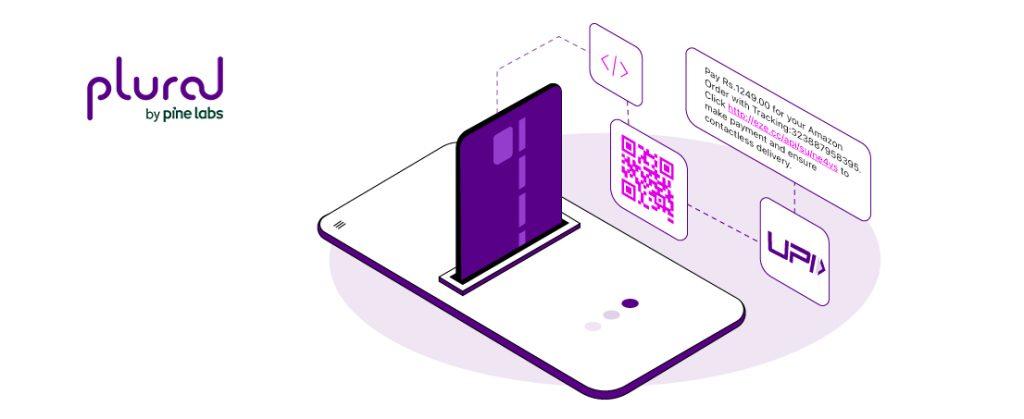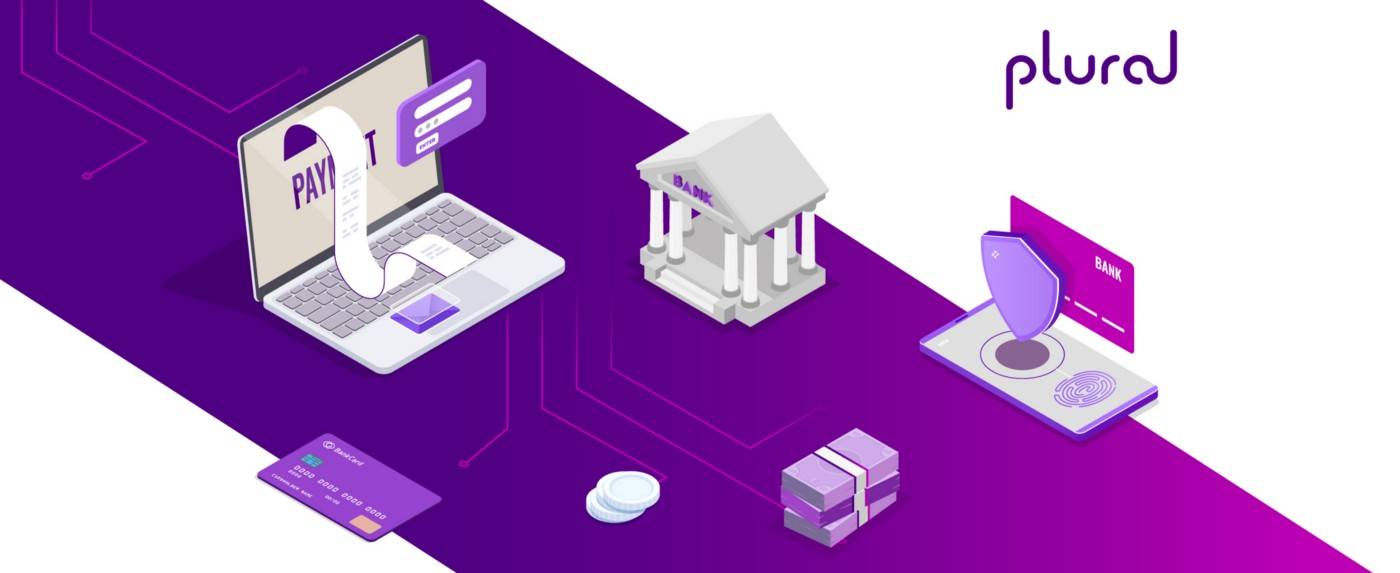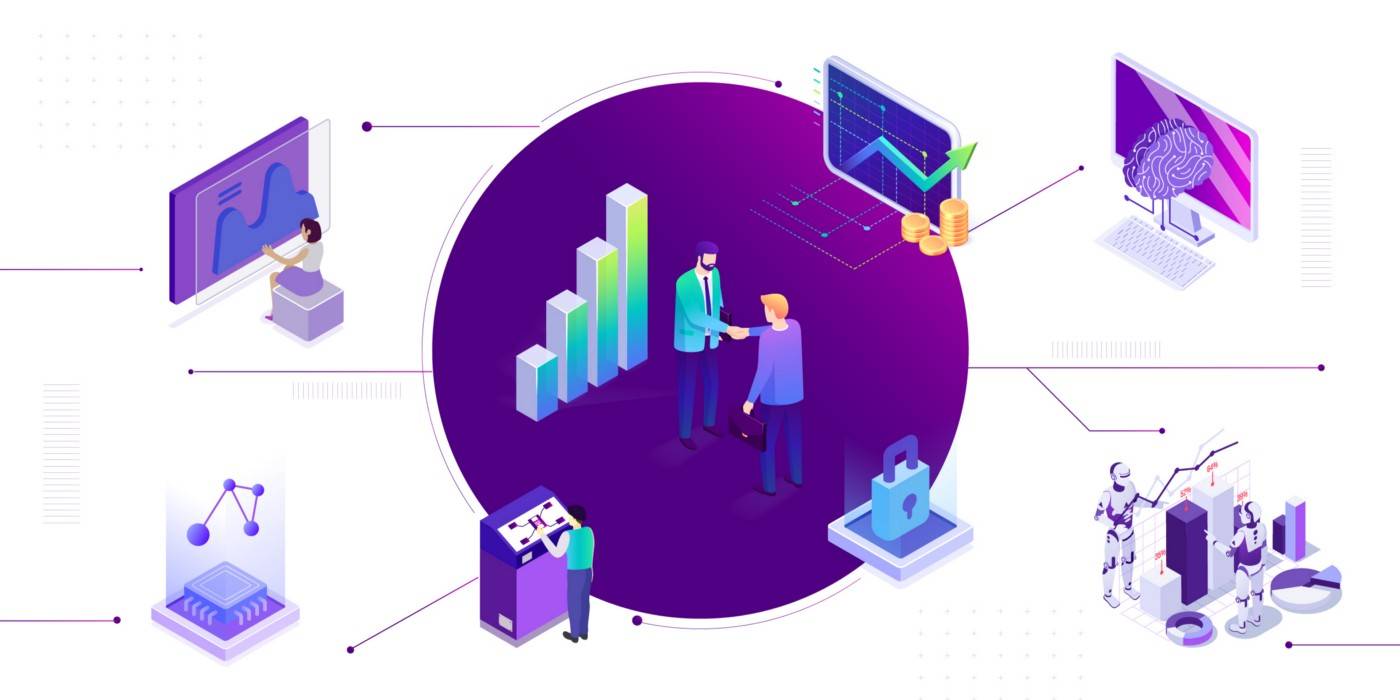India’s digital landscape has experienced massive growth since 2020. The reduced costs of data access and affordable smartphones have played a significant role in internet penetration within urban and rural populations. By 2030, it is projected that one billion consumers in India will have access to the Internet. Around 839 million Indians will become regular smartphone users and by 2026, Indian households will make over 50% non-cash transactions. As more consumers engage and transact digitally, both consumers and businesses will increasingly become part of the cashless economy.
These projections present a massive opportunity for businesses in eCommerce, retail, hospitality, and other sectors. They will now be able to reach newer demographics, accept digital payments, and grow their business digitally.
In this blog, we delve into India’s shift to a cashless economy, its future impact, and the potential for businesses to leverage this vast opportunity to accelerate growth.
What is a cashless economy?
A cashless economy is, essentially, an economy that has transitioned from one where transactions primarily happen in cash to completely facilitate digital payments across industries, entities, and business and consumer segments.
India’s journey to becoming a cashless economy was expedited with the introduction of the Unified Payments Interface (UPI) system in 2016. The arrival of UPI enabled consumers and businesses to make payments and facilitate money transfers instantly and securely in a cost-effective manner.
Consumers and businesses are now shifting to digital payments for several reasons, as follows:
It has become a necessity
Worldwide lockdowns and disruption of the supply chains during the pandemic of 2020 made it necessary for consumers to shop online and make digital payments.
While for many, this transition started out as a need, through this experience, they were able to discover the various benefits of digital payments and become digital-first consumers.
Larger market access with a cashless economy
Online shopping opens up access to a whole new variety of products and services which consumers are unable to find in the neighbourhood. They can reap the benefits of discovering discounts, offers, rewards, miles, and other benefits through digital payments.
Multiple payment modes
Consumers do not need to make multiple trips to the bank to remove cash. They can, instead, leverage multiple digital payment modes at their convenience.
Advances in technology enable businesses to simplify the shopping process by introducing tools like QR codes and payment modes such as UPI, net banking, debit cards, and credit cards.
They can also access features such as Buy Now, Pay Later, and Equated Monthly Installments (EMIs), thus unlocking easy credit options in their shopping journey.
No need for a digital footprint
Businesses no longer need to have a website or app to facilitate shopping. They can serve a unique payment link directly to customers on the channel of their choice, from social media platforms to messaging apps and email, and collect payments instantly and securely.
Key challenges with digital payments in a cashless economy
While such innovations exist, not all businesses have made the transition to a cashless economy. However, consumer expectations continue to rise, and those businesses which cannot keep pace with digital payments stand to will lose market share.
For instance, consumers today are more likely to buy a product or service from a company, which enables them to leverage the payment mode they are most comfortable with. Credit card holders, for instance, are resistant to going back to net banking.
On the other hand, users of wallets may not prefer debit cards. Customers tend to get comfortable with one or two modes and stick to these options.
Today, consumers are also engaging in multiple channels, such as social media, social messaging apps, and chatbots. However, many businesses are not equipped to turn these channels into point-of-sales.
Even though the technology is available, they are yet to put it in place for their business. In the process, they lose out on market share by not capitalizing on these customer touchpoints.
How to facilitate secure, versatile digital payments
Facilitating seamless payment experiences is one of the most important stages of the entire consumer workflow designed by businesses. Today, companies can integrate a payment gateway, a user-friendly network which facilitates smooth digital payments between customers and businesses.
A superior, innovative payment gateway must come with the following features:
- It must offer the highest level of payment security and reduced potential for any data breaches
- It must facilitate multiple payment modes such as credit cards, debit cards, UPI, mobile wallets, and net banking.
- The UPI autopay feature, in alignment with Reserve Bank of India (RBI) guidelines, enables recurring payments, which is especially relevant for any subscription business.
- A superior payment gateway must be able to offer customers options such as Buy Now, Pay Later, and popular credit options.
- It must offer affordability options such as Equated Monthly Installments (EMIs), along with an EMI calculator, as well as the “No credit” option.
- Companies with no website or app can generate a unique, one-time payment link to facilitate payments via messaging apps and social media. This feature is also useful for customers who prefer to shop within their channel of choice rather than visit an app or website.
- Businesses must be able to generate custom branded pages, which usually inspire higher trust in consumers.
To conclude
No matter how good a company’s services or products are, in a cashless economy, customers will always prioritize a high-quality, digital user experience. The payment experience will play a major role in helping companies convert traffic into sales and reduce cart abandonment numbers.
Those companies investing in a contemporary payment gateway, which factors all consumer needs, can pave the way to enter the cashless economy and build a competitive advantage.
At Plural by Pine Labs, we provide a comprehensive online payment gateway, which comes with a wide range of features such as multiple payment modes, UPI autopay, Buy Now Pay Later, the EMI feature, and custom branded pages.
Plural also enables the easy creation of Plural links, which facilitate seamless payment via SMS, messaging apps, and social media. Today, a network of over 150 Croma stores across 40 plus cities accept cashless payments via this innovation. Croma witnessed an average of 188% quarter-on-quarter growth rate for pay-by-link.
Plural’s Affordability Suite, offered both online and offline, has also triggered growth, with over 70% of Croma’s transactions now being routed through Plural’s gateway using EMIs. Plural Links can be shared via WhatsApp, SMS, email, Instagram, and other social media platforms.
To learn more about Plural Gateway, contact us.
Plural by Pine Labs has received an in-principle authorization from the Reserve Bank of India (RBI) to operate as a Payment Aggregator.

Amrita Konaiagari is a Marketing Manager at Plural by Pine Labs and Editor of the Plural blog. She has over 10 years of marketing experience across Media & Tech industries and holds a Master’s degree in Communication and Journalism. She has a passion for home décor and is most definitely a dog person.



